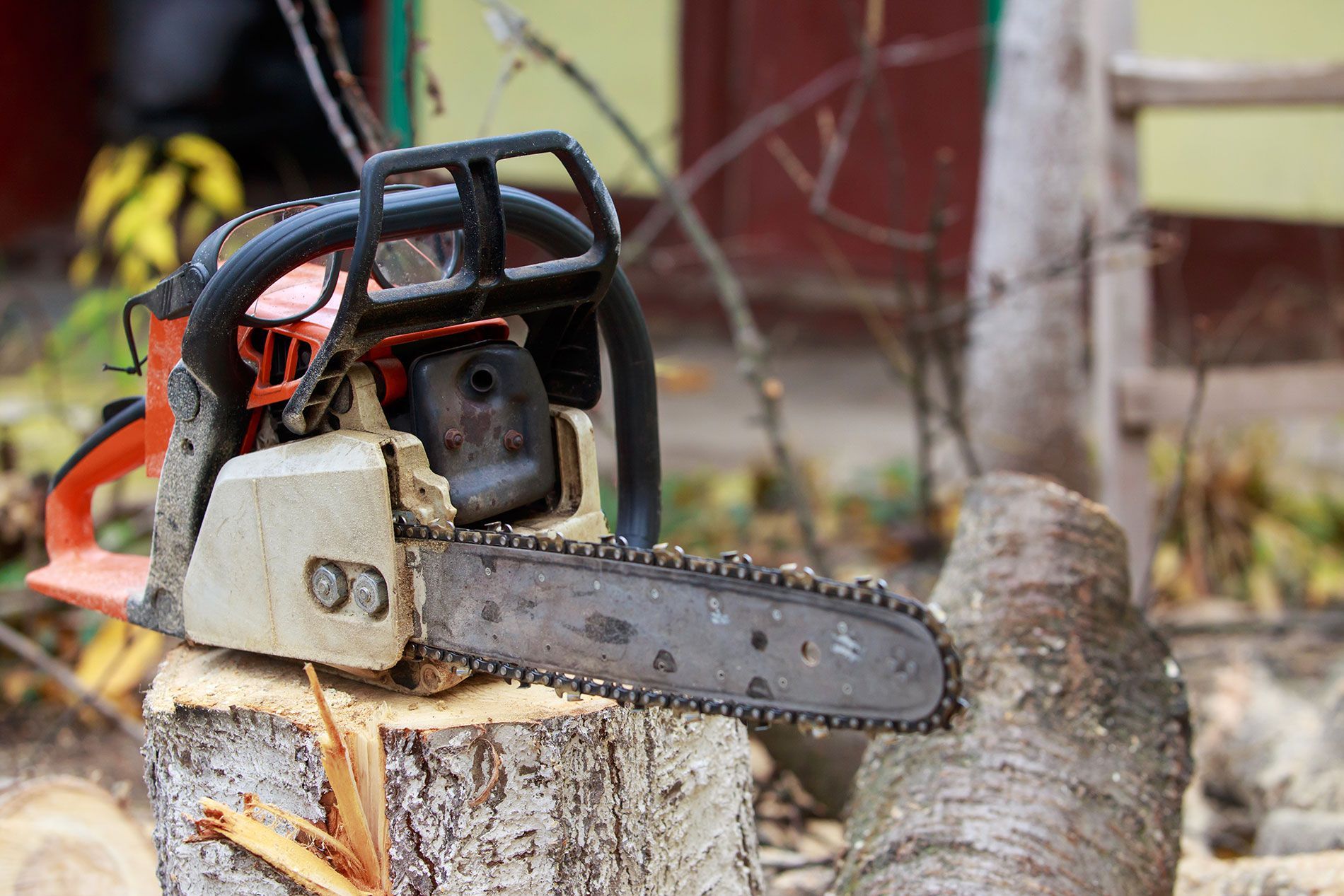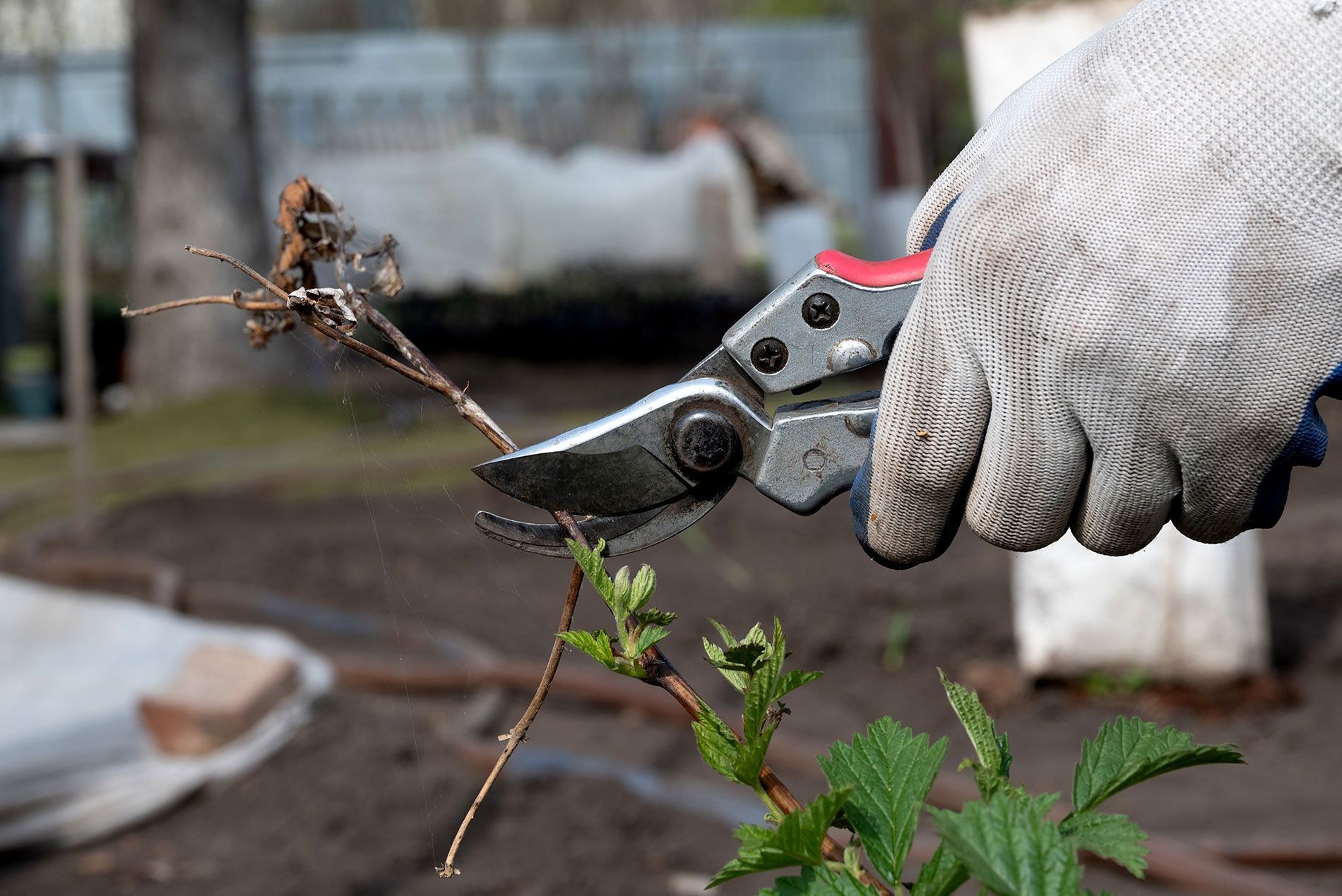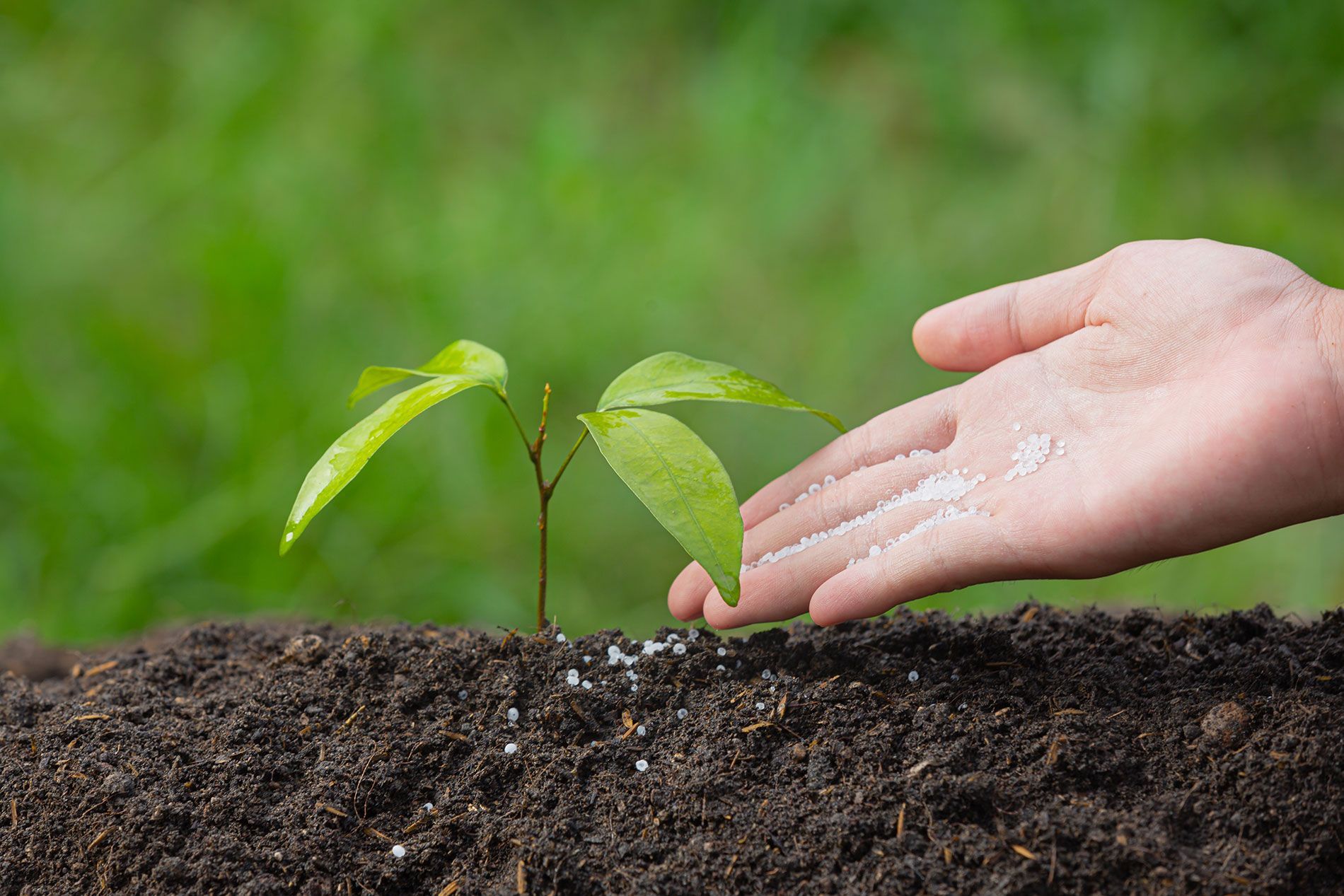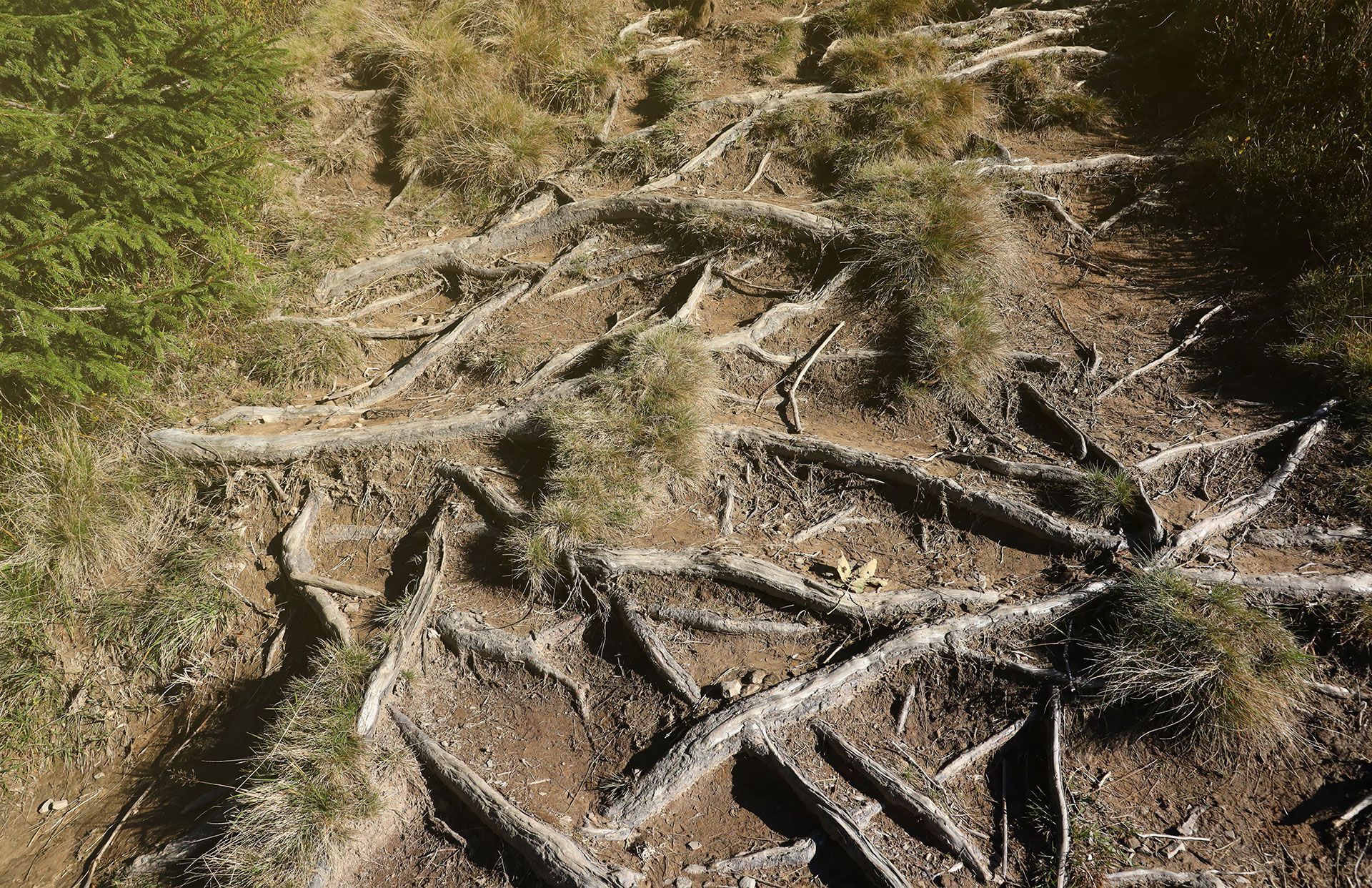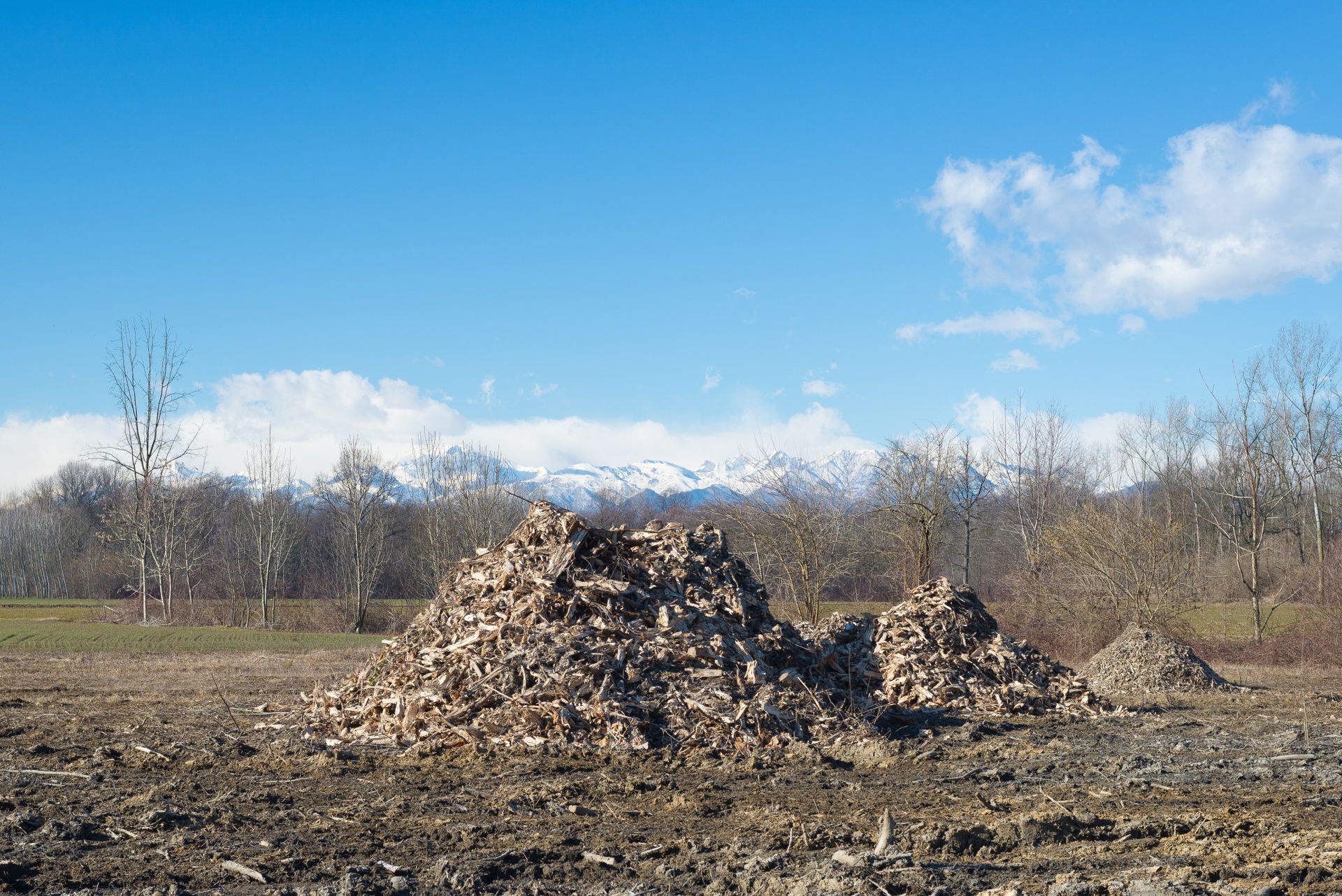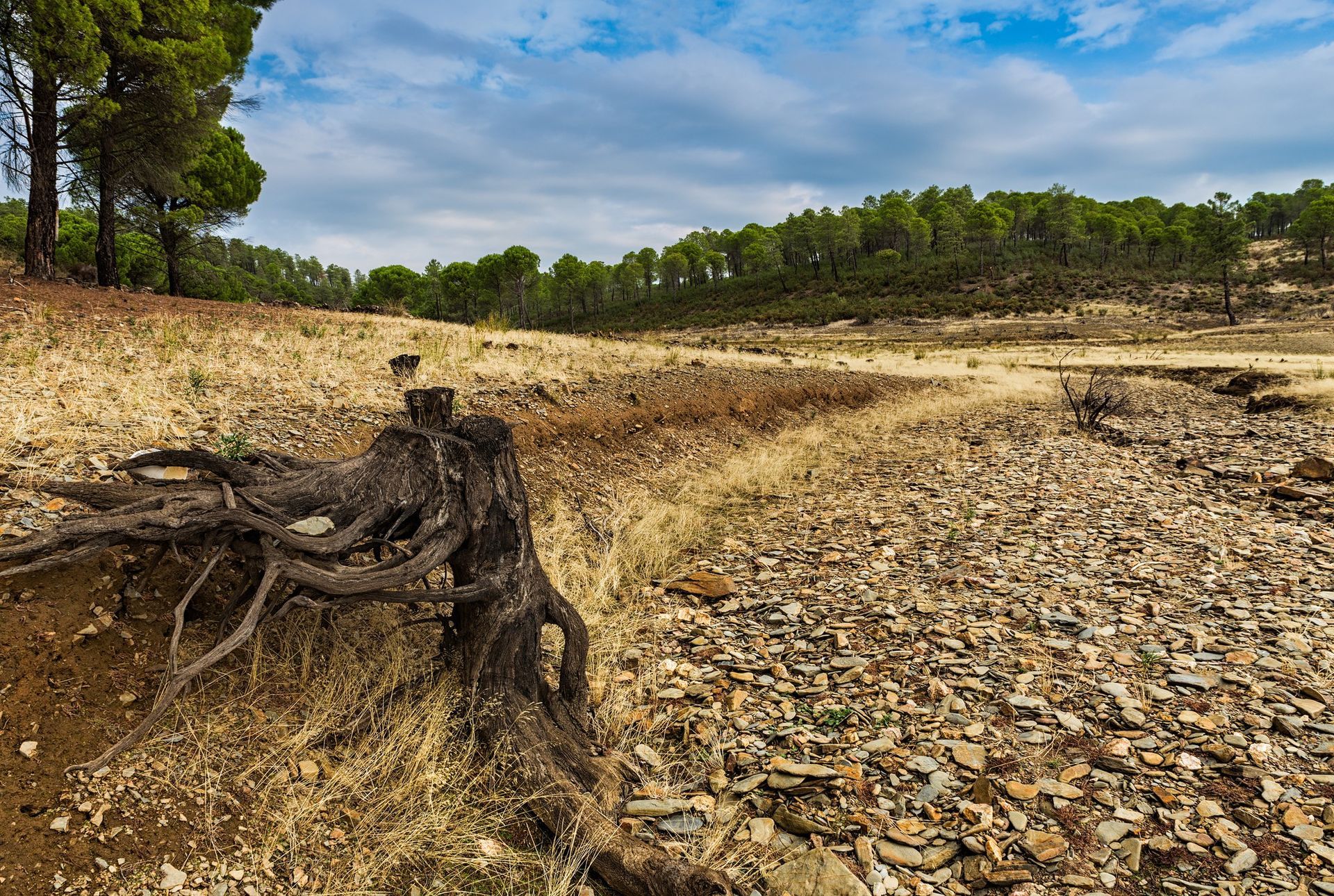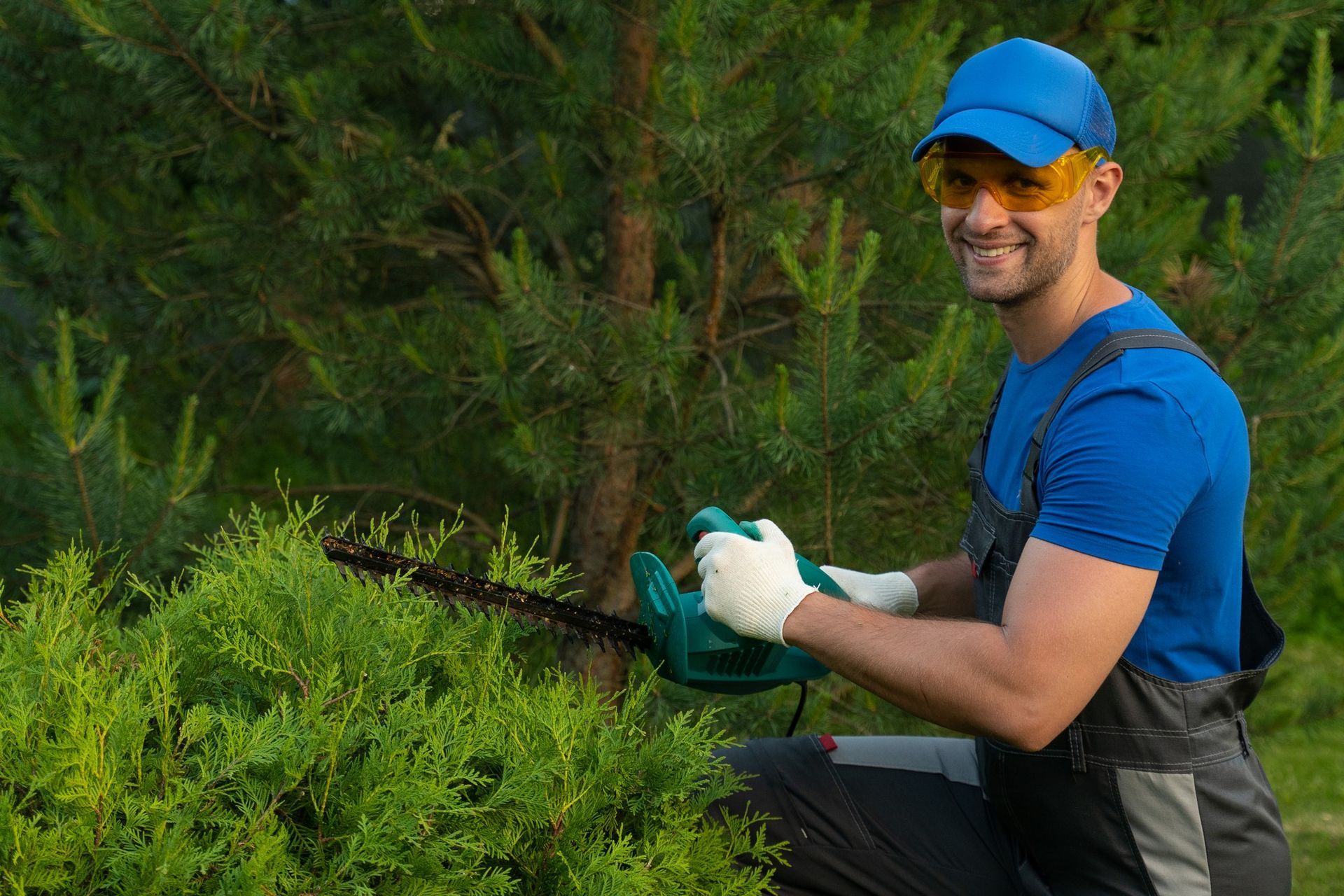Winter Tree Care: Prepare for Christmas with Pruning Services
Winter's arrival brings with it the magic of Christmas, as our homes and landscapes transform into festive wonderlands. As you get ready to deck the halls and adorn your Christmas tree, don't forget about the trees in your yard. Winter tree care, particularly through professional tree pruning services, plays a vital role in ensuring that your outdoor greenery remains healthy, safe, and beautiful during the holiday season.
The Importance of Winter Tree Care
Winter may seem like a time when trees go dormant, but they still require care and attention. Neglecting tree care during this season can lead to problems that may affect their health in the long run. So, why is winter tree care important?
Trees, even in winter, continue to face various challenges. The cold temperatures, strong winds, ice, and snow can take a toll on them. Proper care helps trees withstand these challenges and stay resilient.
How Winter Affects Trees
During winter, trees are exposed to a range of stressors that can impact their well-being. For instance, heavy snow and ice accumulation can weigh down branches, causing them to break. Cold winds can dry out the leaves and needles, while freezing temperatures can lead to frost cracks and damage the bark.
Additionally, winter storms and heavy snowfall can bend and stress tree limbs, making them vulnerable to breakage. All these factors can harm the overall health and structure of your trees.
The Role of Pruning in Winter Tree Care
One of the most effective ways to care for your trees during winter is through proper pruning. Tree pruning service is the process of selectively removing branches and foliage to improve the tree's health and appearance. When it comes to winter tree care, pruning offers several benefits:
- Risk Reduction: Pruning helps eliminate weak or dead branches that may be more susceptible to breaking under the weight of snow and ice. This reduces the risk of falling branches causing damage to your property or posing safety hazards.
- Enhanced Air Circulation: Pruning opens up the canopy, allowing better air circulation. This reduces the risk of fungal diseases that tend to thrive in humid conditions.
- Improved Aesthetics: Pruning can enhance the overall shape and appearance of your trees, making them look more attractive, which is particularly important when you're preparing for Christmas decorations.
- Stress Reduction: Proper pruning reduces the overall stress on the tree, making it better equipped to handle the harsh winter conditions.
- Encourages New Growth: Pruning during winter promotes new growth in the spring, ensuring your trees come back healthy and vibrant when warmer weather arrives.
When to Prune Trees in Winter
Timing is crucial when it comes to pruning your trees during winter. While some tree species are best pruned in late winter, others are better suited for early winter pruning. Generally, it's best to prune before the coldest part of winter sets in.
Consider the following factors when deciding when to schedule your tree pruning service:
- Tree Species: Different tree species have different optimal pruning times. Consult with a professional arborist to determine the best timing for your specific trees.
- Weather Conditions: Avoid pruning during extreme cold or when trees are frozen. Choose milder days when the temperature is above freezing.
- Dormancy: Winter pruning is most effective when trees are in a state of dormancy. During this period, they are less vulnerable to disease and stress.
By adhering to these guidelines and considering the unique characteristics of your trees, you can ensure that pruning is done at the right time to maximize its benefits.
DIY vs. Professional Pruning Services
Now that we understand the importance of winter tree pruning, let's discuss whether to tackle it as a DIY project or enlist the help of professional tree pruning services.
DIY Tree Pruning:
While it's possible to prune your trees yourself, it's essential to proceed with caution. Pruning requires knowledge of tree biology and proper techniques. Here are some pros and cons of DIY tree pruning:
Advantages:
- Cost Savings: You won't incur the expense of hiring professionals.
- Personal Satisfaction: Some homeowners enjoy taking care of their trees as a DIY project.
Disadvantages:
- Lack of Expertise: Pruning requires expertise and experience to ensure it's done correctly and safely. Incorrect pruning can harm your trees.
- Safety Risks: Pruning trees can be hazardous, especially when dealing with tall or large trees. DIY pruning can lead to accidents and injuries.
- Limited Equipment: Professionals have access to specialized equipment, making the job more efficient and effective.
Professional Tree Pruning Services:
Enlisting the help of professionals offers several advantages, especially during the winter season:
Advantages:
- Expertise: Arborists and tree care professionals have the knowledge and experience to assess your trees' needs and prune them effectively.
- Safety: Professionals are equipped with the necessary safety gear and tools to ensure the job is done safely.
- Proper Timing: Arborists understand the optimal timing for pruning different tree species and will schedule the service accordingly.
- Tree Health: Professional pruning promotes tree health and longevity, ensuring your trees remain beautiful for years to come.
Preparing Your Trees for Christmas
Now that we've highlighted the significance of winter tree care and the role of tree pruning services, let's delve into how you can prepare your trees for Christmas. After all, a well-maintained and beautifully pruned tree in your yard can be the perfect complement to your indoor decorations.
1. Inspection and Assessment:
Begin by inspecting your trees or shrubs to identify any visible issues or areas in need of attention. Look for broken branches, signs of disease, or any limbs that appear weak or damaged.
2. Hire Professional Tree Pruning Services:
Consider hiring a professional tree pruning service to assess and prune your trees. They can expertly trim away any problematic branches and ensure your trees are in optimal condition for the holiday season.
3. Decorate Safely:
When it comes time to decorate your pruned trees for Christmas, prioritize safety. Use the right equipment, such as sturdy ladders, and ensure that decorations are secure to prevent accidents or damage to the tree.
4. Lighting Effects:
Strategically placed lights on your pruned trees can create a magical ambiance for your outdoor Christmas display. Consider energy-efficient LED lights and test them before hanging them up.
5. Mulching and Winter Protection:
Apply mulch around the base of your trees to insulate the roots and protect them from extreme cold. Mulch also helps retain moisture, which is crucial during dry winter months.
Safety Measures and Tools
Whether you choose to prune your trees yourself or hire professionals, it's essential to prioritize safety throughout the process. Here are some safety measures and tools to consider:
Safety Measures:
- Wear Protective Gear: If you're pruning trees yourself, wear appropriate safety gear, including gloves, safety glasses, and a hard hat.
- Use Ladders Safely: When using ladders for pruning or decorating, make sure they are stable and placed on level ground. Have someone hold the ladder if possible.
- Check Weather Conditions: Avoid pruning during icy or windy conditions. Wet branches can be slippery and dangerous to work on.
Essential Tools:
- Pruning Shears: Sharp and high-quality pruning shears are essential for clean and precise cuts.
- Loppers: For larger branches, loppers provide the leverage needed to make controlled cuts.
- Pole Pruner: A pole pruner with an extension pole can help reach high branches safely.
- Safety Rope and Harness: If working at heights, a safety rope and harness can prevent falls.
Choosing the Right Pruning Service
If you decide that professional tree pruning services are the best option for your trees, it's essential to choose the right service provider. Here are some tips to help you make an informed decision:
- Experience: Look for companies with a proven track record in tree care and pruning. Experience is a valuable indicator of expertise.
- Certifications: Ensure that the arborists or tree care professionals are certified and licensed to perform tree services.
- Insurance: Confirm that the company has adequate insurance coverage, including liability insurance, to protect you in case of accidents.
- References: Request references or read online reviews to gauge the satisfaction of previous customers.
- Quotes: Obtain quotes from multiple tree pruning services to compare prices and services offered. Avoid companies that provide significantly lower estimates, as quality should not be compromised.
Conclusion
As you prepare your home and surroundings for the joyous holiday season, don't forget to include your trees in your plans. Winter tree care, with a focus on tree pruning services, is the key to ensuring your trees remain healthy, safe, and beautifully adorned for Christmas. Whether you choose to hire professionals or take on the task yourself, prioritize safety and the well-being of your trees.
By doing so, you'll be able to create a festive and picturesque setting for your family and guests to enjoy during this special time of year. For those in Columbia Falls, MT, we recommend reaching out to
Big Mountain Tree Service at
406-261-2042, the best service provider in the area. With their expertise and commitment to tree care, they can make your outdoor space truly shine this Christmas.
Make this Christmas even more magical by giving your trees the attention and care they deserve. Contact Big Mountain Tree Service to get started on the path to a beautifully pruned and decorated landscape. Remember, a well-maintained outdoor space can truly make your holiday season brighter and more memorable.
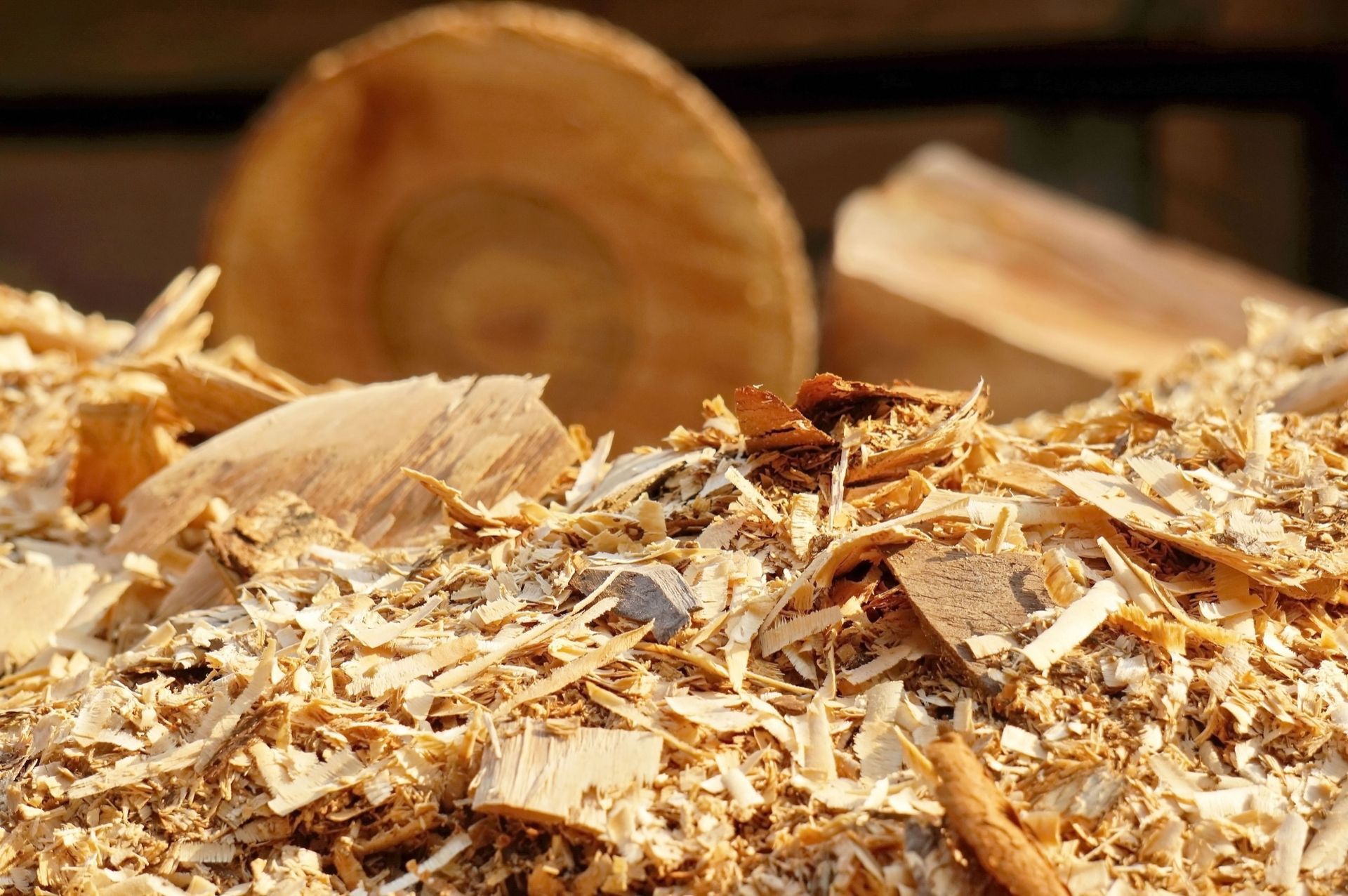
Phone:
Business Hours:
Monday - Friday: 9 AM - 5 PM
